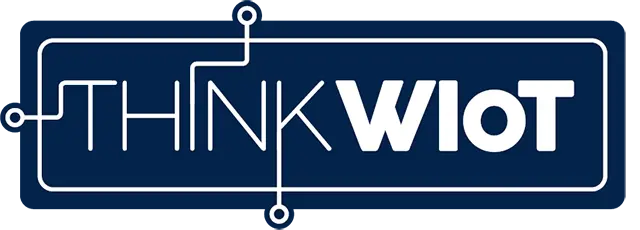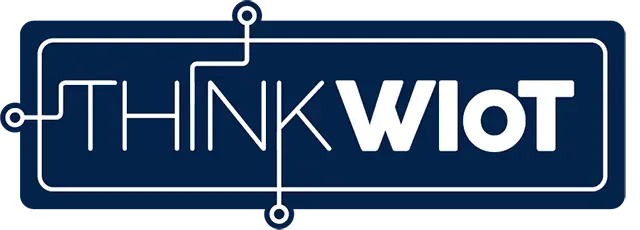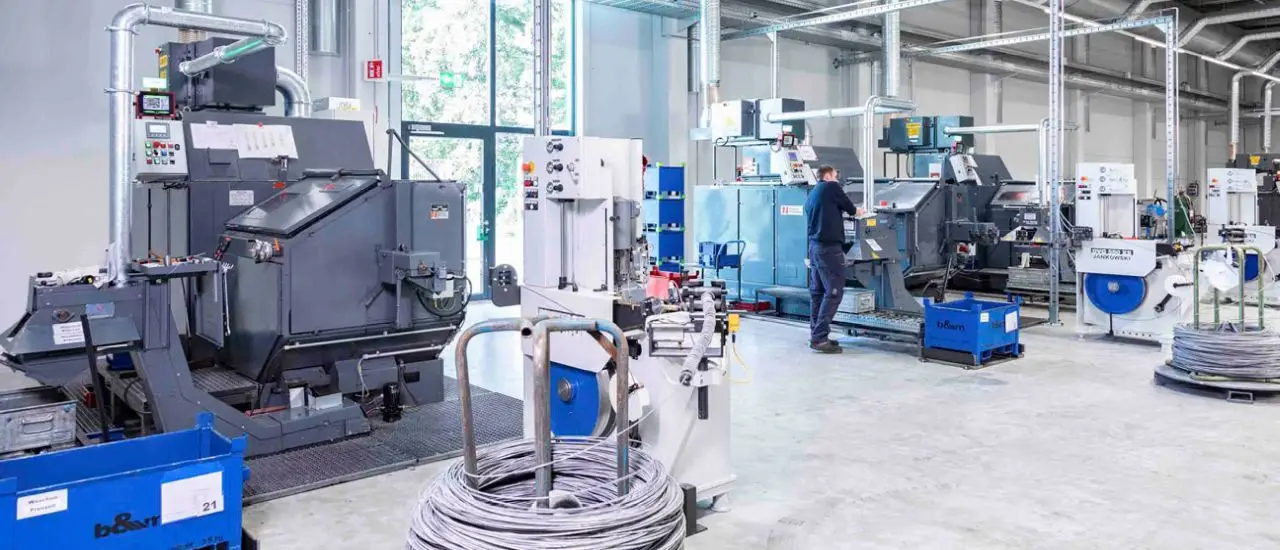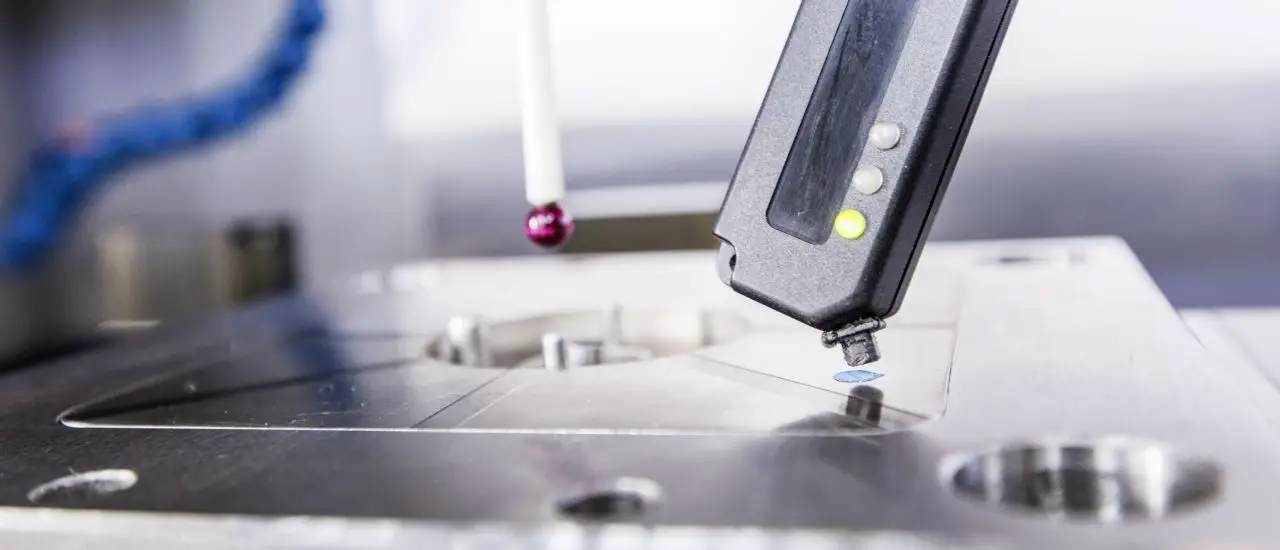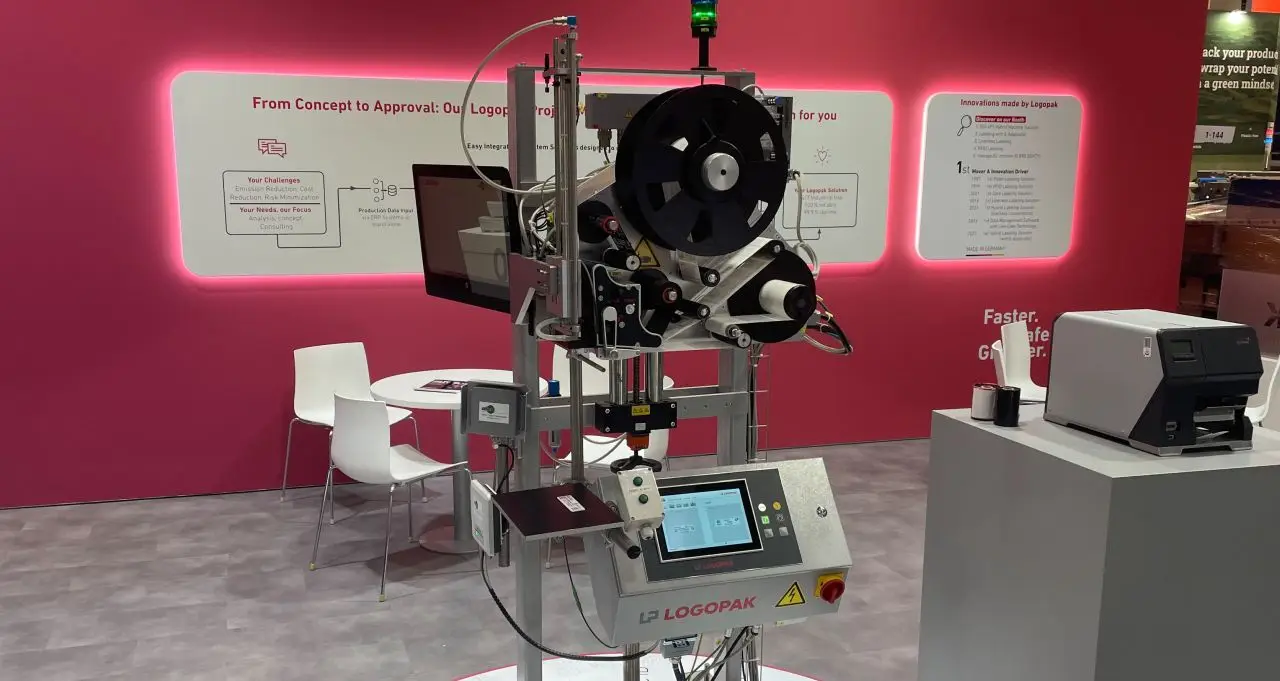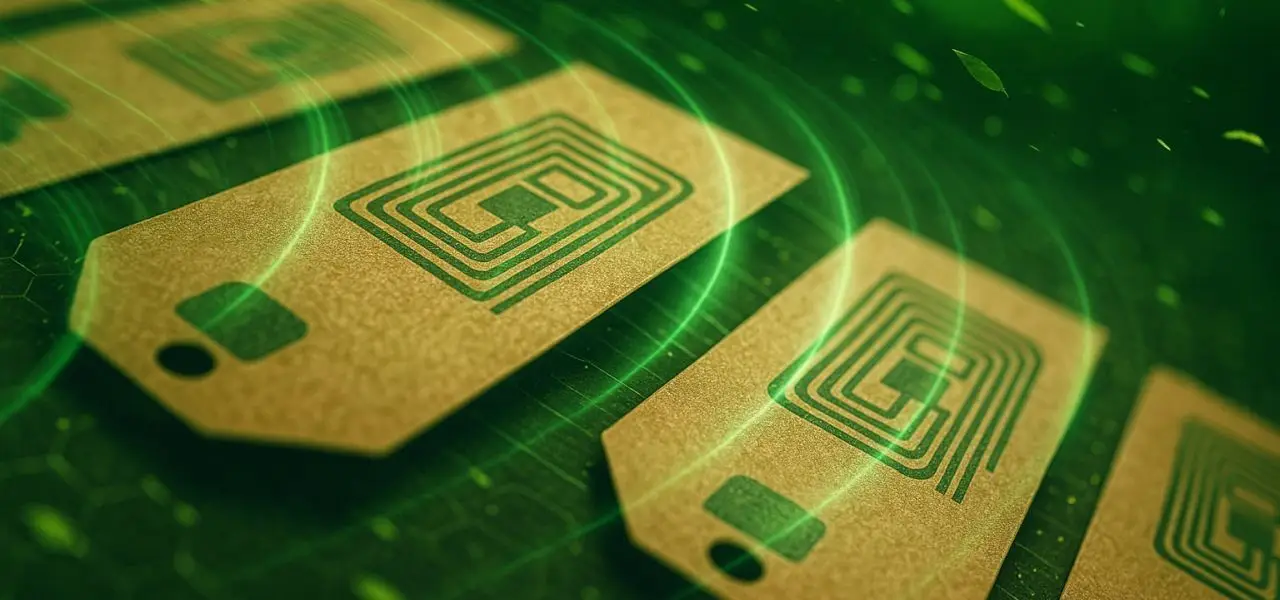Embedded RFID readers are compact, integrated devices designed to read and write data stored in RFID tags using radio signals. They are often embedded into larger systems or products such as mobile devices, industrial machines, or point-of-sales terminals. These readers enable the automatic identification and tracking of assets by communicating with RFID tags, providing efficient data capture and management in a wide range of applications, from logistics and manufacturing to retail and healthcare.
Embedded Modules for Every Frequency
There are embedded modules on the market for every frequency – LF, HF, and UHF. Modules designed for short to medium range (LF, HF) devices are typically integrated into label printers, desktop readers, point-of-sales systems (POS), wearable devices, and access control devices.
There are also modules that are designed to enable long range (UHF) reading capabilities. These modules have higher output power and sensitivity. These features make the modules suitable for integration with high-performance sleds and handheld terminals, fixed readers, industrial reading points, and automatic inventory vending machines and cabinets.
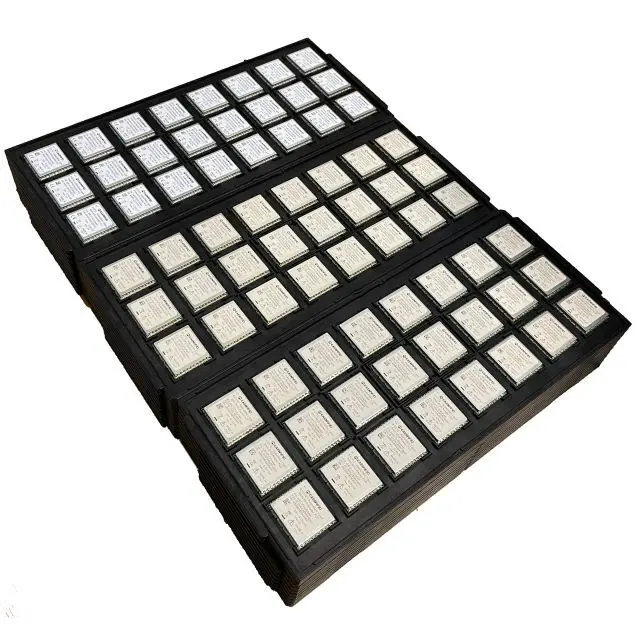
It is important to select the correct module according to your application. At CAEN RFID, we have a wide variety of modules. The Lepton3 Series are designed for short to medium range devices, while the Lepton7 Series have long range reading capabilities. These modules are able to capture data at long ranges and in complex environments and are able to read several tags that are stacked on top of each other, for example. Choosing between the Lepton3, Lepton7, and Lepton9 is a decision that should be made based on performance needs. You must consider the output power, speed, and the sensitivity. These features impact the reading distance, the ability to read tags in complex environments, and the reading speed.
Stefano Coluccini - General Manager, CAEN RFID
Embedded Readers VS External RFID Readers
Embedded RFID readers offer several advantages over external RFID readers. The three main advantages include compact integration, low power consumption, and greater cost efficiency.
We see a trend in substituting fixed readers with embedded reader modules in many applications today. This is mainly because embedded readers offer a more scalable solution.
Stefano Coluccini - General Manager, CAEN RFID
Compact Integration
Embedded RFID readers are small devices that are designed to be fitted into a wide range of products and systems. They are built directly into existing hardware, which saves space and reduces clutter compared to external readers that require separate hardware.
The modules are protected by the housing of the final product that they are embedded into.
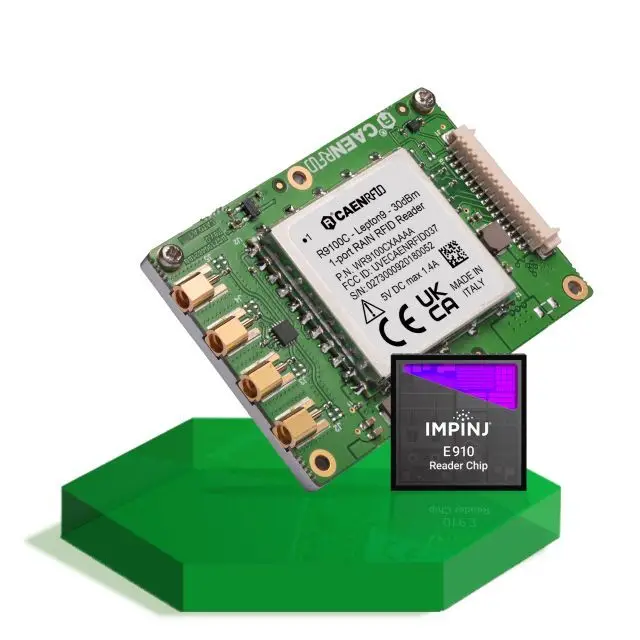
For products and systems like cabinets or vending machines where there is typically sufficient space to host the embedded module and antennas, the only challenge is to determine the best position for antenna placement, in order to enable optimal readings.
Printers generally also have enough space for both the embedded module and the antenna. The size of the antenna is reduced to enable it to read and write tags at very short distances. In this case, the challenge is to enable the reading and writing of one tag at a time. The reader must avoid programming multiple tags with the same code. In order to ensure this does not happen, the antenna must be positioned carefully. In these scenarios, a custom antenna design is often used.
Existing handheld devices and wearables have limited space. This is usually not enough to host both the embedded module and the antenna. In this case, a new housing or enclosure of the device is required.
Lower Power Consumption
Another advantage of embedded RFID readers is that they typically consume less power. This makes them ideal for mobile and handheld devices where battery life is often a concern, as opposed to some external readers that may require more power.
Most embedded modules have a wide voltage range (3.2V to 5.25V DC). This enables them to function when directly connected to lithium batteries.
For modules that have a narrower voltage range, we are able to supply circuit design tips in order to achieve the same result in the hardware of the customer.
Stefano Coluccini - General Manager, CAEN RFID
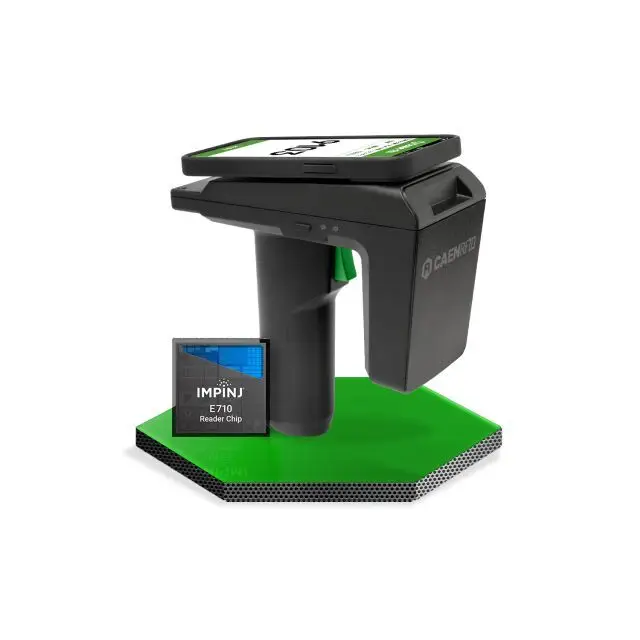
Increased Cost Efficiency
Integrating RFID readers into existing equipment reduces the cost associated with purchasing and maintaining separate external devices, leading to more streamlined system design and lower long-term operational costs.
Embedded readers are much more affordable compared to fixed readers. This makes them a more scalable option in terms of cost reduction for mass production.
Communication Between RFID Reader and the Host System
Like other electronic components, embedded readers must be connected directly to microcontrollers. In this scenario, the choice for an appropriate communications interface is limited to a few options, including I2C, SPI, and Serial UART.
We chose to use the Serial UART interface for its high compatibility with both the embedded microprocessor and more complex CPU boards. It is also easy to convert UART to USB in order to open a direct connection with a PC or similar device, for example. As a matter of fact, we anticipate the release of adapter boards with USB-C connectors to further simplify the adoption of embedded readers in various applications.
Stefano Coluccini - General Manager, CAEN RFID
How Do You Increase Embedded Reader Performance?
Read Range, Sensitivity, Reading Accuracy, and Reliability
The read range of embedded modules depends on certain parameters. These include the output power, sensitivity, antenna gain and placement, and the RFID tag. The main method to change the reading range once the reader has already been selected and installed is to make the output power of the module configurable. This is the case with modules from CAEN RFID, for example.
Sensitivity is another important parameter, especially for applications in challenging environments. There are different levels of sensitivity for every module, from -72dBm, -85dBm to -90dBm. Customers should choose the module with the sensitivity level that best fits their application requirements. For challenging environments, modules and tags with high sensitivity should be selected. In metal environments, on-metal tags should be selected.
General strategies to consider concerning the placement of the antenna include the use of ceramic antennas. These antennas are compact and have high performance. Other strategies include placing antennas far away from metal parts and tuning antennas for the case material. By using one of these strategies, customers will be able to ensure optimal reader performance.
Embedded Modules and Security
Are Authentication and Encryption Mechanisms Required?
Embedded modules are simple readers without huge computing power. They communicate captured data locally on the board with the controller of the final product. For this reason, there is no need for encryption or authentication. These features are only important when the data is transferred to servers over a network. This is not the case with an embedded reader.

Electromagnetic Compatibility and Standards
International standards like ISO/IEC, ETSI, FCC, and GS1 are important to ensure the electromagnetic compatibility, performance, and regulatory compliance of RFID readers.
All our modules are carefully designed to adhere to international safety regulations like ETSI and FCC. This guarantees EMC compatibility, in addition to adherence to the rules for radio frequency signals.
Stefano Coluccini - General Manager, CAEN RFID
Retrofitting and Maintenance
The Maintenance of Embedded Readers
Embedded RFID readers are devices that are comparable to any other electronic component. This means that they require minimal maintenance, if not none at all.

Strategies for Retrofitting
Module replacements and upgrades for the retrofitting of these modules into existing systems may involve the redesigning of hardware and/or software. However, if modules are designed with the same form factor and share the same communication protocol, they can be easily replaced without much effort.
We designed our modules in such a way that minimizes the effort required for retrofitting. The SMD versions of CAEN RFID’s Lepton modules have the same dimensions and pinout of the Impinj RS500 and RS1000 modules. The only requirement in this case is to adapt the controlling software. No hardware modification is required from the side of the customer.
CAEN RFID’s Lepton3 module can be replaced with the more powerful Lepton7 module without much effort since they share the same form factor and communication protocol. This means that the new module can just be soldered in place without any further modifications to the hardware and software.
Stefano Coluccini - General Manager, CAEN RFID
Customizing Modules for Specific Applications
Embedded reader modules are fully featured readers that are well-suited for many applications. APIs and libraries in the most popular programming languages and environments provided by reader manufacturers enables developers to build custom solutions according to the application.
Sometimes, there is the need for a specific behaviour in the firmware of a module, or even for a specific hardware component, like a different communication interface or form factor, for example. In this case, it is important to evaluate customer requirements and agree on detailed specifications. The project dimensions must be properly evaluated in order to propose the required modification or new design of the module.
Embedded Readers in Smart Factories and IIoT
RFID technology is becoming a must-have for many applications in manufacturing. Having a specific device like an RFID reader for operations is not a scalable solution. Embedded technologies on the other hand, are scalable as they can be embedded into everyday tools and equipment.
The Future of Embedded Readers
Technological Outlook
RFID technology is currently quite stable on the market. One of the key factors for the success of RFID is standardization. Rather than expanding on new features and functions for new applications, an expanded range of form factors is becoming increasingly important. This would allow implementation in a wider range of devices and equipment.
Another possible development is the reduction of power requirements. The goal is to achieve longer battery life on mobile devices. Embedded technologies should also support various communication interfaces.


